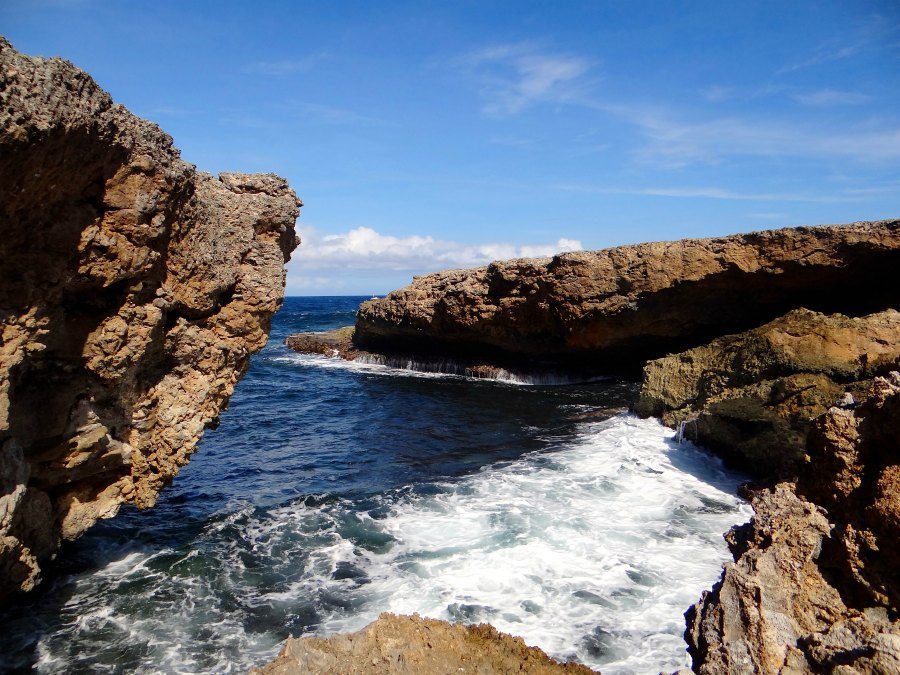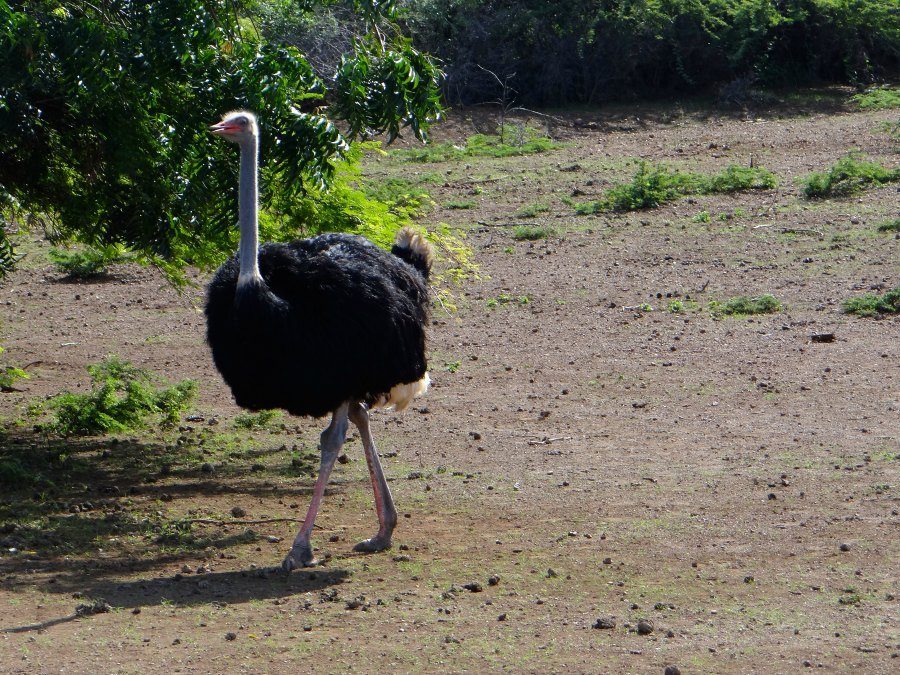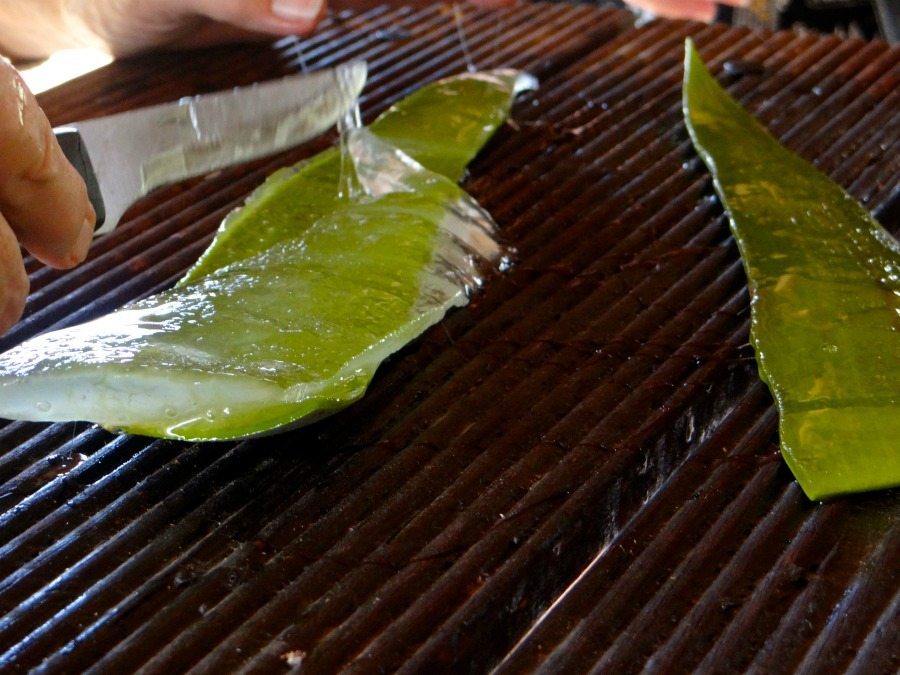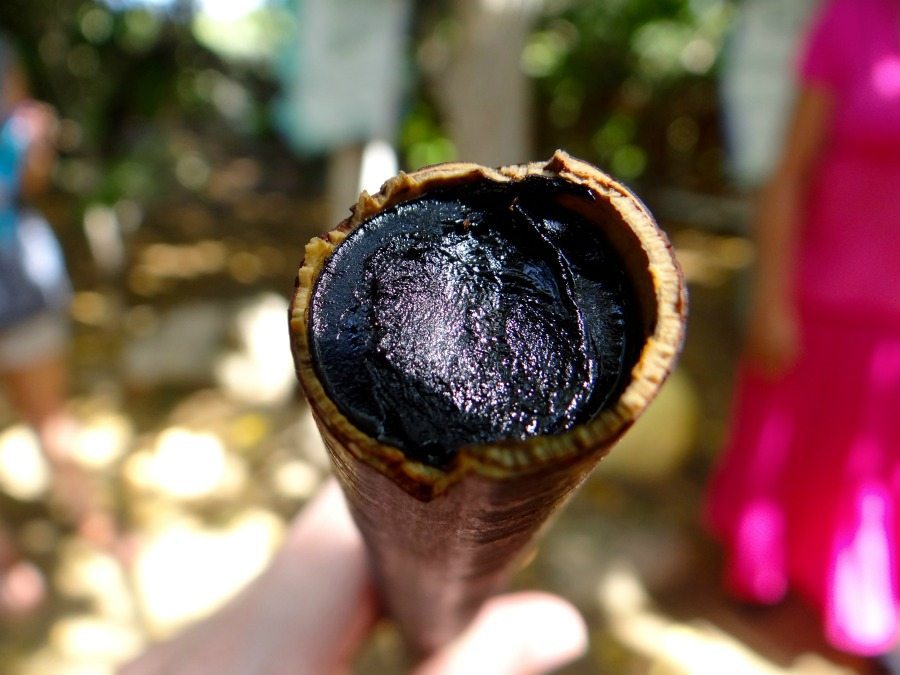In December, I jetted off to sunny Curacao and the timing couldn’t have been more perfect. Not only did I get to experience JetBlue’s inaugural flight there, which included blue-themed cocktails, tons of prizes and even a jazz band at eight in the morning, but I got to escape the chilly New York City weather.

I first learned about this charming Caribbean Island last year while attending the Women’s Travel Fest and am thrilled I had the opportunity to visit in person. Since then, I’ve had Curacao on my mind. For those unfamiliar with the island, Curacao is part of the Dutch Caribbean and is located close to the Venezuelan coast. As a result, the culture is a colorful mix of nationalities and traditions.
One of the coolest things I discovered about Curacao is that there is so much to do beyond the beach and that’s definitely saying something because the beaches are gorgeous. Here are a few of my favorite off-beat adventures to take in Curacao if and when you’re ready to take a break from the waves.

Visit the largest Ostrich farm outside of Africa
The Curacao Ostrich Farm is not only one of the biggest farms in the Caribbean, but it’s also the largest of its kind outside Africa. If that seems a bit random, join the club. Regardless, I’ve never been to Africa (not counting Egypt) so for me, this was a pretty exotic experience. After checking in, our group hopped in a safari-like vehicle and drove through the different areas of the farm, making Ostrich friends as we went.
I didn’t really know much about the behavioral habits of ostriches but throughout the drive, we witnessed both a mating dance and a “get away from me” dance. Near the end of the guided tour, we had the chance to stand on an ostrich egg and watch it not break. It’s pretty amazing that the shells are thick and strong enough to withstand the weight of one’s entire body.
If you’re not quite ready to leave the farm at the end of the tour, there’s a shop that sells African art and souvenirs as well as a restaurant that serves African dishes and house specialties made of the ostrich meat.

The health benefits of Aloe
After our trip to the Ostrich Farm, we drove a short distance to CurAloe Plantation. More than 100,000 Aloe plants are cultivated on the plantation in the most sustainable way possible and there’s also a store called CurAloe on-site. The plantation is interesting in its own right but we didn’t wander through the fields. Rather, our guide sliced open a plant and told us which parts we should eat and for what purpose. I’ve never actually eaten Aloe before but apparently you can and it’s beyond healthy for your body.
If you’re really into plants then I recommend going here but otherwise, this is a nice stop to shop for locally made and eco-friendly products like face creams, lotions and soaps to bring back home. If you’re not in the area, there’s also a CurAloe shop centrally located in Willemstad. Plus, many hotels, like the Santa Barbara Beach & Golf Resort where we stayed, stocks the bathrooms with CurAloe shampoo, conditioner and body lotion.

Tour an Herb Garden
One of my biggest highlights from Curacao was touring through the Den Paradera Garden Herb Garden with Dinah Veeris. “Den Paradera” means “the place where you feel at home” and I really did feel at home here. Dinah knows everything about medicinal plants and it’s obvious that she is passionate about her craft. The garden was once the biggest healing herb garden on the east side of the island and it’s packed with plants and trees.
In a world where over-the-counter and prescription drugs are encouraged, it was refreshing to learn how many natural remedies can be planted in our own backyard. If I ever make it back to Curacao, I’d love to spend more time here and maybe even help out for a few days…of course, if there’s a need. In the mean time, I’m eager to start a garden of my own.

Snorkel inside the “Blue Room”
Our trip started and ended with JetBlue but the blue-theme was fairly consistent throughout the week. During our snorkel trip with Go West Diving, we got a glimpse of Curaçao’s friendly waters and world-class reefs. Our first stop was what is called the “blue room.” Basically, there’s a cave with a very small entrance to get in and out of it. Inside the cave is dark but if you turn around and look back at the entrance where you came in, the sun shining outside the cave illuminates the water in vibrant blue hues.
Having just read a young adult novel inspired by The Little Mermaid, I couldn’t help but feel like I was Ariel. It also allowed me to conquer my fear of small spaces. While snorkeling is not exactly off-beat, swimming in the Blue Room was unlike any snorkel trip I’ve taken and because of that, it really stands out as a top activity on the island.

Explore Shete Boka National Park
After our snorkeling adventure, we visited Shete Boka National Park. Although a bit off-the-beaten-path, I found the park to be a perfect combination of scenic (think crashing waves and complex rock formations) and rugged terrain. Located on the rocky north coast of Curacao, the park has 10 pocket beaches and if you come during the right season, you might see sea turtles laying there eggs. Boka Tabla is the most well-known of the inlets. Here, you’ll see waves crashing against the rocks and if you walk a little deeper, you’ll see waves seeping into the dark caverns.
This is one of those excursions where you can spend as little as fifteen minutes snapping photographs of you can take a long stroll along the path. Either way, it’s easy to pair this activity with one of the others in this post if you’re pressed for time.
Top photo is of Shete Boka National Park.
This trip was hosted by Curacao Tourism and Diamond PR. I stayed at Santa Barbara Beach & Golf Resort and Floris Suite Hotel during my stay. All opinions are my own.

Megan Eileen McDonough is writer, blogger and social media specialist based in New York City. She also runs Bohemian Trails, a lifestyle blog designed for the savvy and stylish traveler. Bohemian Trails aims to feature must-see places around the world, covering everything from revamped neighborhoods and vibrant street art to innovative tech hubs and everything in between. Her cultural escapades have taken her to Latin America, Asia, Europe, and the Middle East.
Megan is also a freelance writer and social media specialist based in New York City. She contributes to various online and print publications in the travel and fashion industries and is an international correspondent for both Jetsetter and Northstar Travel Media.








